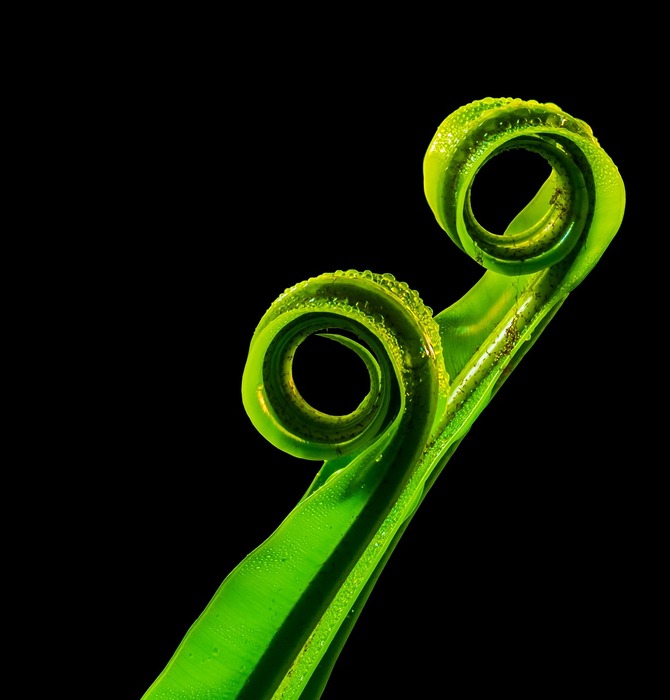The leaf cells have a sort of integrated GPS that helps them understand their position in relation to the others and find the right placement, thus guiding the development of the shape of the leaves and allowing them to be transformed into highly efficient natural solar panels.
This mechanism has now been revealed by the study published in the journal Nature Plants and led by the Italian Emanuele Scacchi of the German University of Tübingen.
The discovery confirms the theory proposed over 70 years ago by Alan Turing, one of the fathers of modern computer science, but also opens up new ways to regulate the development of plants and obtain, for example, more resistant crops with higher yields.
“Our research shows how leaf cells evaluate their relative position,” explains Scacchi: “The mechanism involves a genetic circuit based on small RNA molecules,” which underlies many fundamental functions within cells, such as the regulation of gene expression and protein synthesis.
“These small RNAs create a collective behavior – says the researcher – just like that of birds in a flock or fish in a school, which coordinates the shape of the leaves”.
In this way, each cell knows whether to be part of the upper or lower surface of the leaf.
This system easily explains the great diversity of shapes observed in nature, from the simple needles of pine and fir trees to the complex traps that make up the leaves of carnivorous plants.
The research also provides surprising validation for Turing's theory: the famous mathematician had proposed that simple interactions between molecules could be at the origin of the complex 'patterns' and structures that we see in living organisms, such as leopard spots and zebra stripes.
The mechanism based on small RNAs, which allows cells to coordinate with each other autonomously, fits perfectly into this concept.
Reproduction reserved © Copyright ANSA

